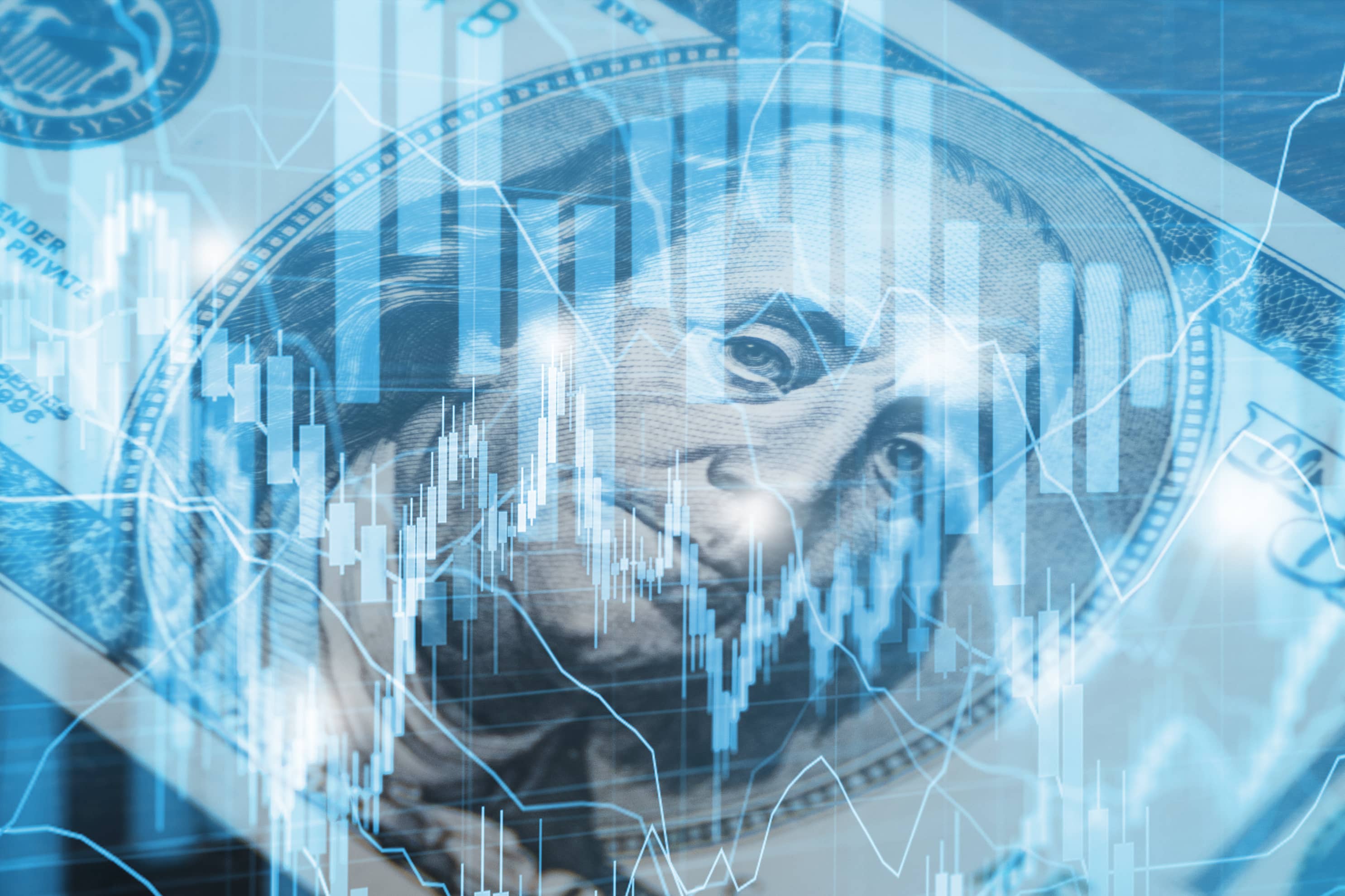After months of prematurely calling for the end of high inflation, optimistic investors have finally started to see the evidence they need to support that assertion.
On Thursday, the Bureau of Labor Statistics reported that consumer prices fell by 0.1% from November to December, the largest month-over-month decrease since May 2020.
The decline was partly driven by a 9.4% drop in gasoline prices, which make up around 4% of the CPI basket.
But it was not the only price that cooled.
Grocery prices rose by 0.2%, their smallest increase since March 2021, and if it weren’t for surging egg prices – up a whopping 11.1% – they might not have risen at all.
Meanwhile, core inflation – a widely followed measure that strips out food and energy prices – climbed by 0.3% from November to December. That was slightly higher than the 0.2% increase we saw in the previous month, and in line with what we saw in the month before that.
In other words, for three months now, core CPI has grown between 0.2% and 0.3% – a level that aligns with the Fed’s goal to bring inflation down to where it was before it surged in 2021 and 2022.
The last time inflation increased by either 0.2% or 0.3% in back-to-back months was mid-2021, a period that serves as a cautionary example for investors.
After decelerating sharply for three months in mid-2021, inflation roared back with a vengeance later that year.
That is why it will take many months of benign inflation readings before investors and the Fed is confident inflation is on the downswing.
The Fed’s move
Though far from conclusive evidence that high inflation is in the rearview mirror, Thursday’s CPI report, along with the last two, is exactly what the Fed and investors want to see.
Those allow the Fed to wind down its rate-hiking campaign in the coming months after raising them a whopping 425 basis points throughout 2022.
According to probabilities derived from fed fund futures prices, the central bank will only hike rates two more times this year – a 25 basis point hike in February and another 25 basis point hike in March.
That would push the benchmark rate to 4.75% to 5%, a terminal rate that avoids the worst-case scenarios that some investors feared several months ago when it looked like there was no end in sight to spiralling inflation.
Still, the Fed has promised to leave rates at a high level throughout 2023, something that would keep financial conditions tight and could pressure the economy.
Yet investors are not completely convinced the Fed will stick to that pledge. Fed fund futures suggest we’ll see two rate cuts by the end of the year.
Critical juncture
In some ways, the current environment is even more fraught than the one in 2022, when inflation was moving in only one direction.
In 2022, investors just had to see a downshift in the rate at which prices were increasing before they could claim victory – a low bar to hurdle. Every positive sign of inflation was met with a furious rally in the stock market.
But now that inflation may have legitimately peaked, the goal post has shifted, and investors want to see it quickly come down toward the Fed’s 2% target.
The question has changed from whether inflation has peaked or not to whether inflation will be able to reach the Fed’s target or will end up stabilising at some higher level around 3% or 4%.
The threshold for claiming victory is now much higher and it’s why, even after the release of Thursday’s benign inflation data, the S&P 500 fell as much as 0.8% in the first hour of trading (it is since recovered into the green).
Only time will tell whether the Fed has managed to thread the needle and bring inflation down to its target without pushing the economy into a recession.
This article was originally published on ETF.com
Related articles


